Ensuring darts safety is paramount for enjoying this popular game. This article will provide you with essential tips and information to minimize risks and maximize your fun, covering everything from safe dartboard setup to proper throwing techniques.
⚠️ Still Using Pen & Paper (or a Chalkboard)?! ⚠️
Step into the future! The Dart Counter App handles all the scoring, suggests checkouts, and tracks your stats automatically. It's easier than you think!
Try the Smart Dart Counter App FREE!Ready for an upgrade? Click above!
Before we delve into the specifics of darts safety, let’s establish a foundational understanding. Safe play requires a combination of responsible behavior, proper equipment, and awareness of potential hazards. This article will cover these aspects and more, ensuring you’re well-equipped to play darts safely and confidently.
Choosing the Right Dartboard and Surroundings for Darts Safety
The foundation of darts safety lies in the proper setup of your game environment. Selecting the right dartboard and ensuring a safe playing area are crucial steps. Begin by choosing a dartboard designed for your playing environment, considering factors like the type of wall it’s mounted to, and the overall stability of the structure.
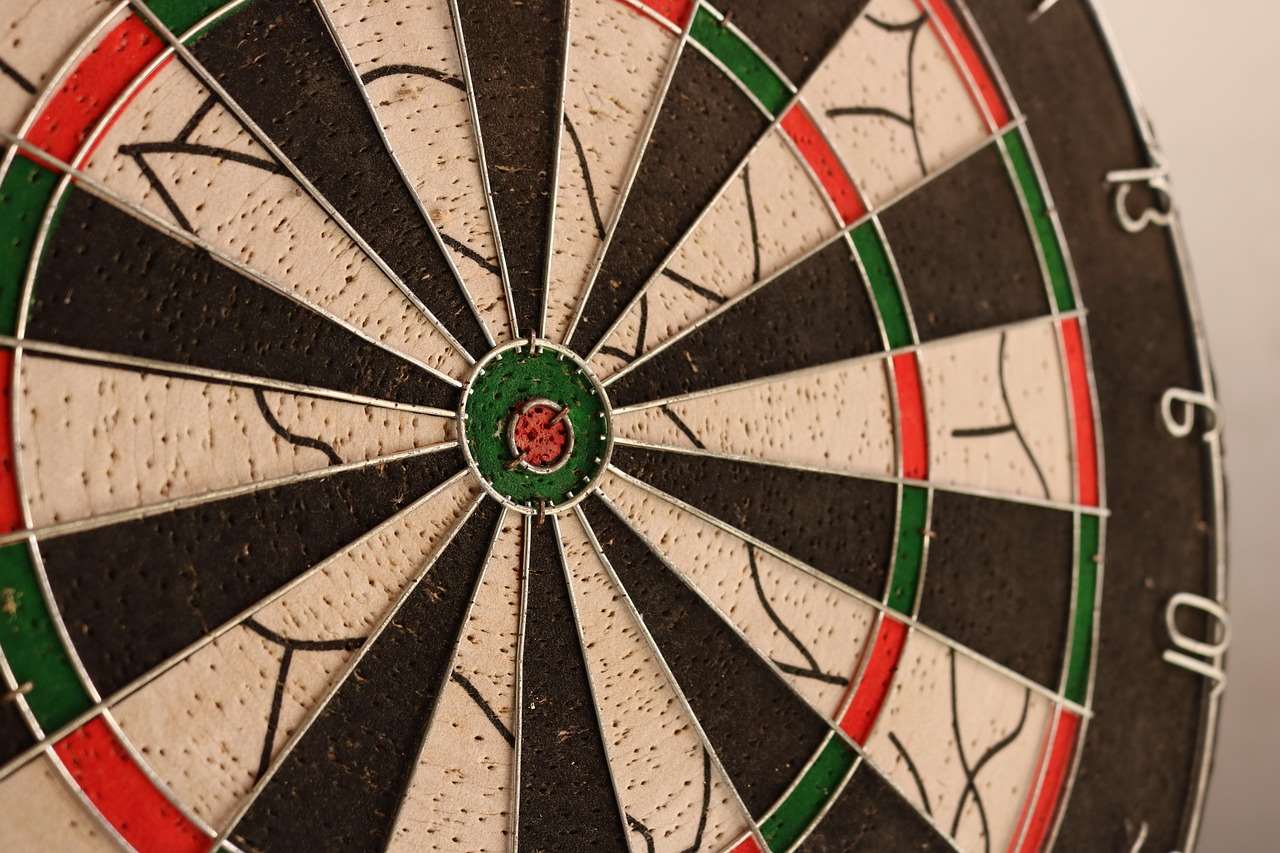
Consider a bristle dartboard which is generally more durable and forgiving than sisal boards, especially for beginners. Ensure you have a suitable backboard behind your dartboard to prevent darts from damaging walls or injuring those in the vicinity. For added darts safety, opt for a thicker backboard. For a permanent setup, consider a specialized dartboard cabinet, providing additional protection and a neat setup. The correct dartboard mounting is also crucial; improperly mounted boards are a significant darts safety concern and could potentially cause injuries.
The playing area should be free of obstructions, and adequate space must be maintained around the dartboard to prevent accidental injury during throws or dart retrieval. For those playing casually, it’s crucial to clearly define the playing area to avoid people walking into the line of throw. This area should be large enough that there’s plenty of space for movement with no risk of collisions. Maintaining this space, and ensuring a safe distance for those not directly involved in the game, is a significant factor in overall darts safety.
Dartboard Placement and Distance
A common oversight concerning darts safety is the placement of the dartboard. It should be mounted at the correct height and distance to ensure safety and fair play. The recommended height is typically 1.73 meters (5 feet 8 inches) from the floor to the bullseye. This is a standard to maintain consistency and avoid throwing mishaps resulting in injury. The placement is also important for darts safety, as darts hitting the ceiling or walls nearby could cause damage or injuries.
Understanding and Implementing Proper Throwing Techniques
Correct throwing technique is a vital component of darts safety. Improper throwing can lead to injury, damage to the dartboard, or both. Avoid throwing with excessive force; a controlled, smooth throw is both safer and more accurate. Furthermore, maintaining a firm grip on the dart is equally crucial to avoid losing control, thus minimizing the risk of injury.
Practicing proper form under the guidance of experienced players or by watching instructional videos can significantly improve your technique and contribute to darts safety. Developing consistent form reduces the chance of wild throws that could endanger bystanders. It’s important to remember that even a seemingly minor change in technique can affect accuracy and safety.
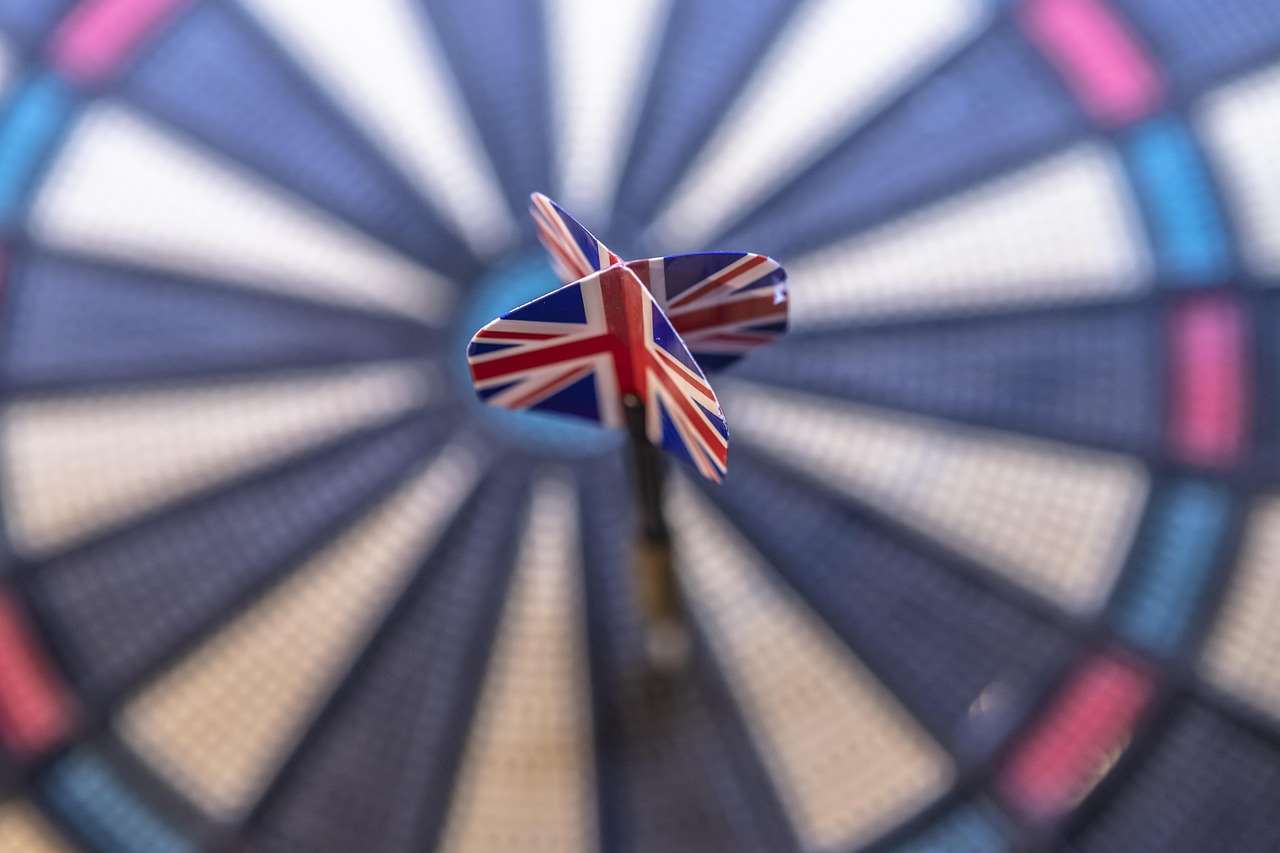
Consider attending a darts lesson to learn the fundamentals correctly. A professional can correct any potentially dangerous habits early on, preventing the development of bad form. Good form and safe throwing habits should be considered fundamental to darts safety.
Dart Selection and Maintenance: A Darts Safety Checklist
Choosing the right darts significantly impacts darts safety. Beginners should opt for lighter darts with shorter barrels and less sharp points to minimize the risk of injury. Heavier darts require more force and control, increasing the likelihood of errors and resulting mishaps. As skill develops, the dart choice can change to reflect preferences and throwing styles, but the emphasis on darts safety should always be maintained.
Regular maintenance of your darts is just as critical. Damaged or bent darts should be immediately replaced, as they are more likely to deflect unpredictably, posing a danger to both the player and others nearby. Using well maintained darts and a well-maintained dartboard are key factors in darts safety.
Understanding Dart Components and Their Role in Safety
A dart comprises three main parts: the barrel, the shaft, and the flights. The shaft length significantly affects the way the dart travels and its overall stability, influencing the darts safety of the game. Choosing the right shaft length, and matching it correctly to the barrel and flight size, significantly contributes to the control of the dart and overall darts safety. For more information on shaft length, you may refer to our guide on darts shaft length.
The flights, or fins, at the rear of the dart are crucial for both aerodynamics and stability. Damaged flights reduce control and accuracy, increasing the risk of errant throws and impacting overall darts safety. For reviews on a variety of flights, be sure to check our page on dart flight reviews.
Addressing Potential Hazards and Preventing Accidents
Beyond the aspects discussed above, several additional steps contribute significantly to darts safety. Always supervise children playing darts. Even with soft-tipped darts, accidents can occur. Using proper dart equipment and following all safety guidelines are imperative, especially when playing with young children, and we highly recommend that you look at our page on darts set kids.
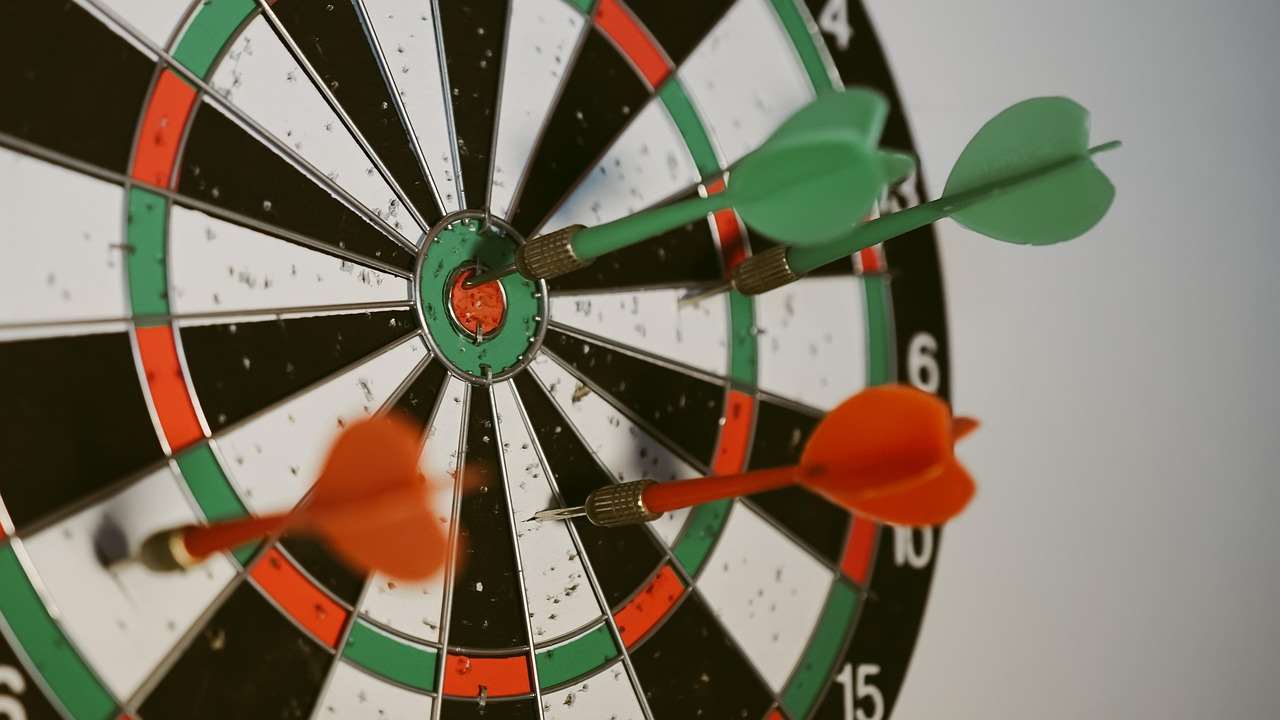
Ensure adequate lighting in your playing area; this helps improve visibility and coordination, reducing the chance of accidents. Moreover, it is crucial to maintain a respectful and orderly environment. Avoid horseplay or any behavior that might distract players and lead to unintended injuries. This contributes significantly to maintaining a safe and enjoyable environment for everyone involved in the game.
Regular inspection of your dartboard and surrounding area is critical. Look for any potential hazards such as loose screws, damaged wall sections, or any objects that could cause trip hazards near the playing area. Addressing these factors is essential for overall darts safety.
Dealing with Dartboard Damage
Over time, your dartboard will show wear and tear. This will affect your game, and will lead to a decrease in accuracy and an increase in the risk of accidents which directly impacts darts safety. A damaged dartboard should be repaired or replaced promptly. Check the board regularly for damaged sections and worn areas which could increase the risk of dart deflection. If you need to mount a new board, you might find our guide on dart board wall helpful. Consider the option of replacing the entire dartboard if the damage is extensive.
First Aid and Emergency Procedures
While aiming for optimal darts safety, it’s crucial to know how to respond to accidents. Minor injuries such as superficial cuts or scrapes are common and can easily be treated with a basic first aid kit. Keep your first aid kit readily accessible, containing bandages, antiseptic wipes, and pain relievers for minor injuries.
For more serious injuries, such as those involving deep cuts or eye injuries, immediately seek professional medical attention. Call for emergency services if necessary and follow their instructions diligently. Knowing what to do in case of an emergency adds another layer of security when it comes to darts safety.
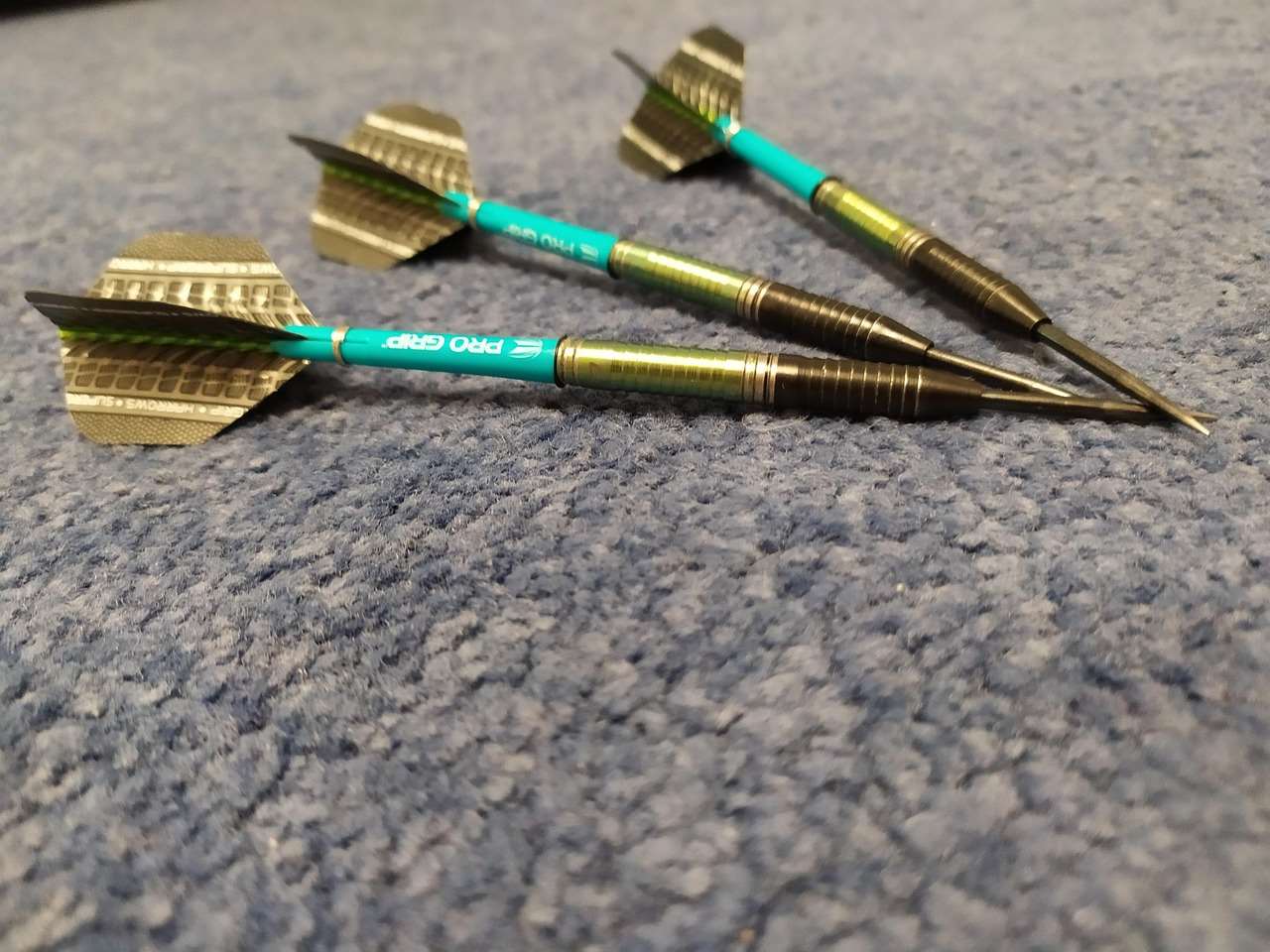
Having a clear understanding of first aid and emergency procedures related to potential injuries associated with dart playing is vital for comprehensive darts safety. This preparation ensures that even in unfortunate situations, appropriate response and management are readily available.
Conclusion: Prioritizing Darts Safety for a Fun and Safe Game
By following the guidelines outlined in this article, you can significantly enhance darts safety. Remember, responsible behavior, proper equipment, and a well-maintained playing environment are all vital components of a safe game. From choosing the right dartboard and implementing correct throwing techniques to regularly inspecting equipment and knowing basic first aid, each step adds to a safer and more enjoyable experience.
Always prioritize safety when playing darts. This ensures not just the enjoyment of the game, but also the well-being of all participants. Regularly review and implement these safety measures to mitigate risks and maintain a fun and safe environment for all.
Need help choosing the right dartboard or darts? Our team is here to provide assistance. Contact us today! For those curious about scoring, you can check out what is a good dart score. And if your dart counter app down, we have resources to help you with that!
Remember to always prioritize darts safety. Use Cricket darts scorer app to enhance your game. Safe darts!
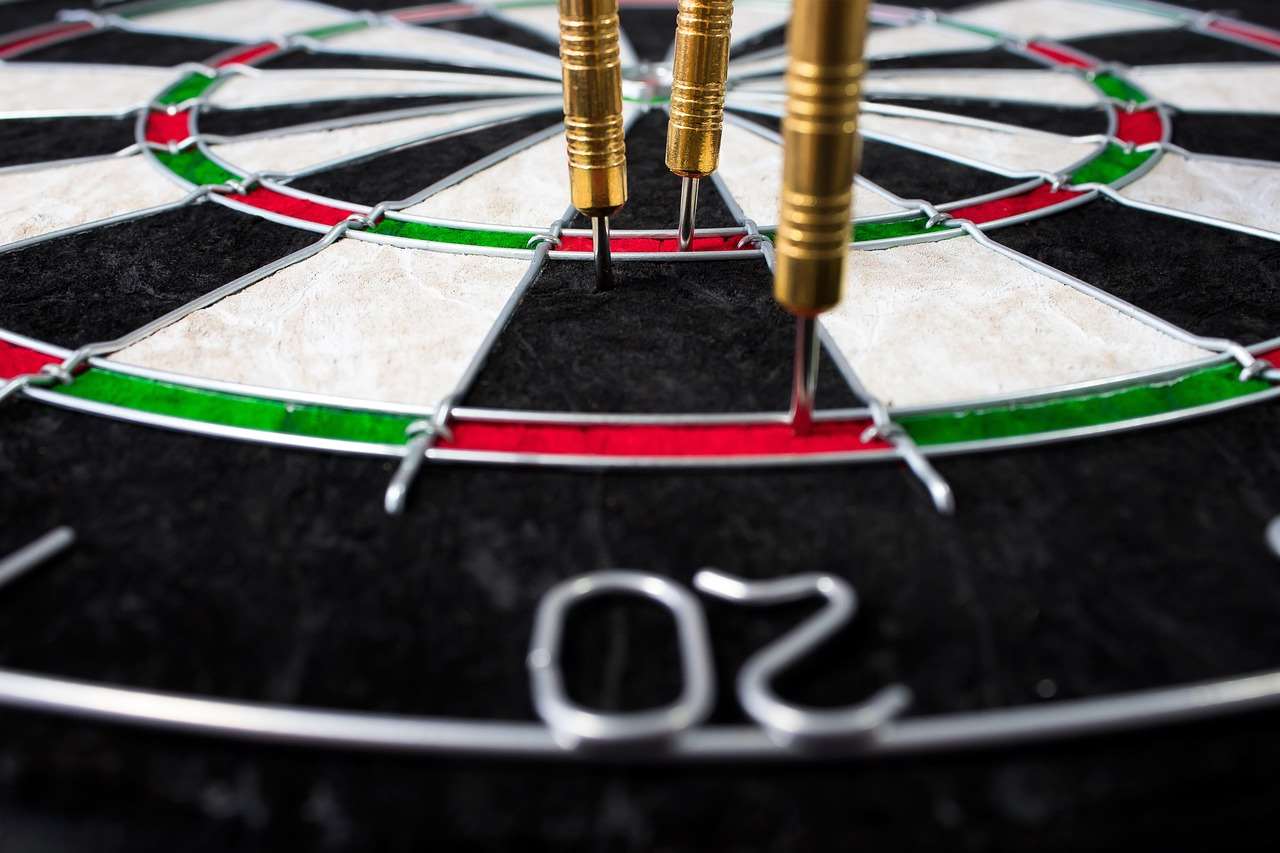
Hi, I’m Dieter, and I created Dartcounter (Dartcounterapp.com). My motivation wasn’t being a darts expert – quite the opposite! When I first started playing, I loved the game but found keeping accurate scores and tracking stats difficult and distracting.
I figured I couldn’t be the only one struggling with this. So, I decided to build a solution: an easy-to-use application that everyone, no matter their experience level, could use to manage scoring effortlessly.
My goal for Dartcounter was simple: let the app handle the numbers – the scoring, the averages, the stats, even checkout suggestions – so players could focus purely on their throw and enjoying the game. It began as a way to solve my own beginner’s problem, and I’m thrilled it has grown into a helpful tool for the wider darts community.